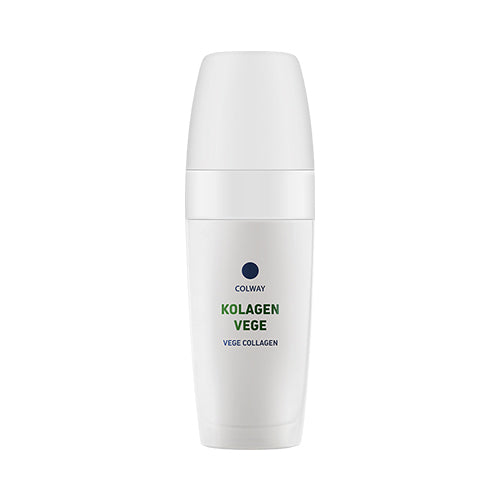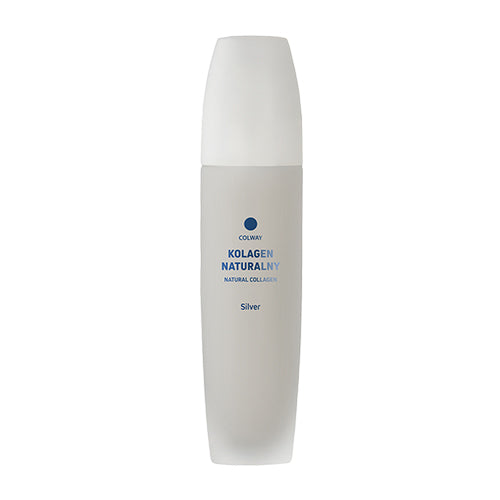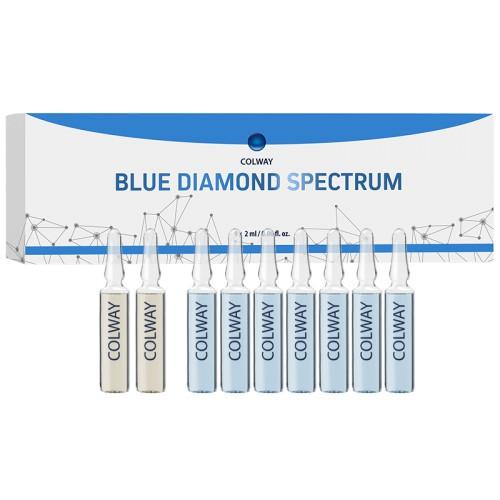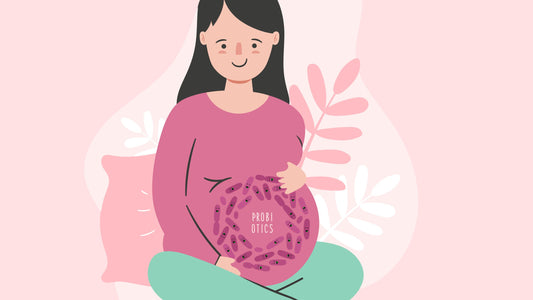Craddle Cap - What is it and How to Fight Against It
Craddle cap is a common condition that affects infants and arises due to temporary disorders of exfoliation of the scalp. It appears as yellowish patches of skin, resembling "hard" dandruff, scabs, and scales. Although it often disappears before the baby starts sitting properly, in some children, it may last even until elementary school.
Cradle cap - what is it?
Intense cradle cap is not dangerous and does not cause itching, wounds, or chafing. However, in older children, it may turn into PsA - seborrheic dermatitis and is a sign of a more serious problem. It is often caused by overheating/oversweating of the head, which appears mainly in the summer under a protective cap. It can also be a sign of allergies, atopic dermatitis, mycosis, etc. If the cradle cap itself is dealt with using appropriate means, it will recur until its main cause is excluded. Untreated cradle cap or its cause will cause it to grow and can cause blockage of scalp glands and a problem with healthy hair growth.
How to Fight Against Cradle Cap
Regardless of the reason for its occurrence, cradle cap can be treated by keeping the head and hair clean, using appropriate moisturizing preparations, and gently combing it out. Scratching or scraping the baby's delicate scalp should be avoided, especially dry, as it will only irritate and inflame the condition if cradle cap is a symptom of some disease. The following steps can be taken to fight against cradle cap:
- Oil, moisturize, and massage the baby's head and hair
- Gently rub the head and wait until the treatments work on yellow scales
- In the case of a hard, yellow crust, leave the treatment on overnight and wash it off the next day
- Thoroughly wash off the used product, wash the hair, dry it, and carefully comb out what "fell off"
- Avoid using nails, scraping, or making scratches with a comb
- Be careful and gentle
COLACEUM - What is it?
Colaceum is a specific product ideal for fighting cradle cap. It not only helps to remove the yellowish patches but also moisturizes the baby's delicate scalp and promotes healthy hair growth. The product is easy to use and can be applied by gently massaging it into the scalp and leaving it on for an hour before washing it off.
In conclusion, cradle cap is a common condition that affects infants and can be treated by keeping the head and hair clean, using appropriate moisturizing preparations, and gently combing it out. Scratching or scraping the baby's delicate scalp should be avoided, and Colaceum can be used as a specific product to help fight against cradle cap.













